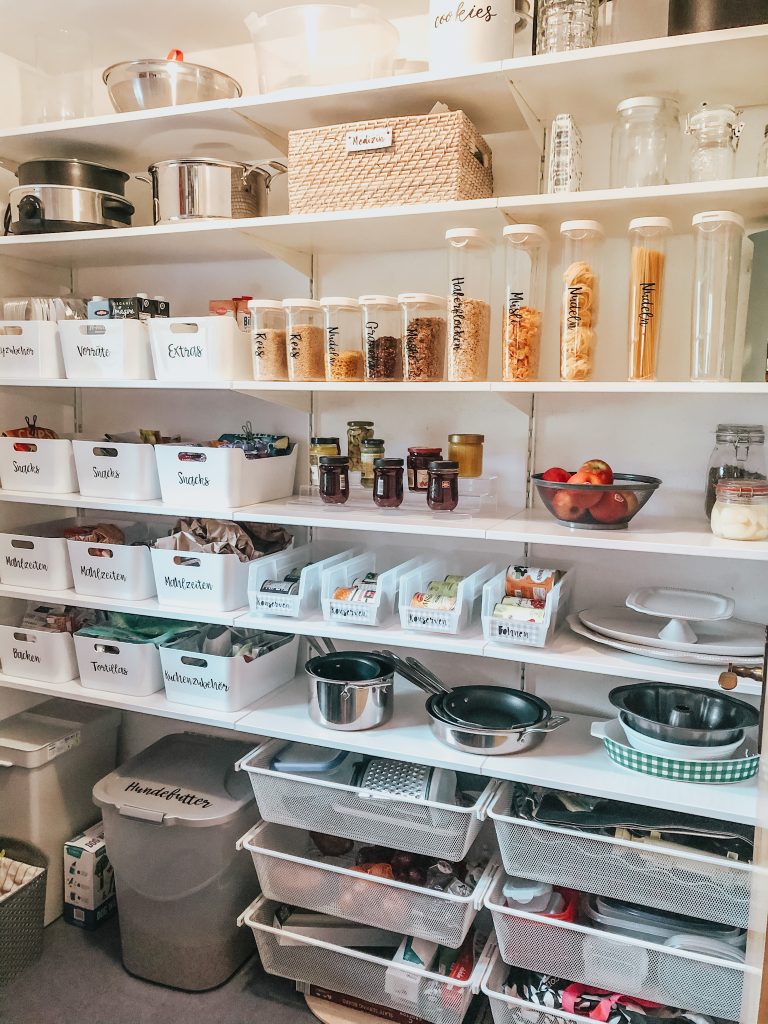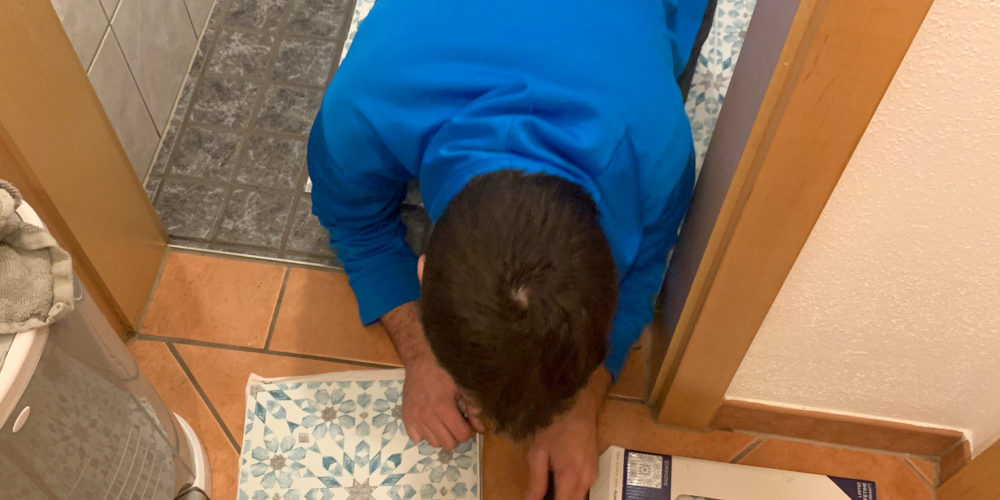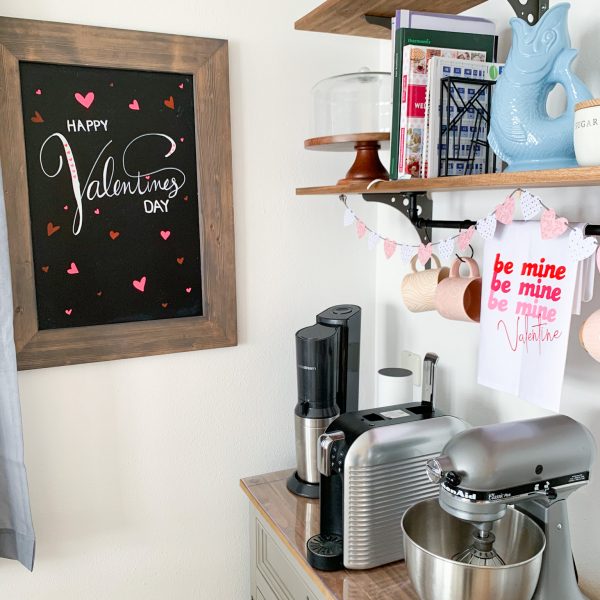There are lots of different reasons why you might be interested in starting a DIY projects. For me, I love that I can create exactly what I want, it can be cost effective, and I can be proud that it was something I did. Before you decide to dive into a DIY project, you first need to understand a few things. So if you want to know how to take on DIY projects the right way, you’re in the right place. Read on now and find out more.

Related Post: WallPops Floor Tile Install and Review
Assessing Your Level of Skill and Expertise
It’s really important to evaluate your own ability level before beginning any DIY project. Being honest with yourself (this is a hard one for me!) about what you’re capable of and what you’re not while evaluating your ability level is important. Trust me, if you have never done any DIYs before, try to pick something not super difficult at first before diving into the harder projects.
You should think about the skills you have, the kinds of projects you’ve successfully completed in the past and the difficulty level of the project you’re considering approaching. It all comes down to gradually building up your confidence and your experience. You’ll be able to gradually take on bigger and more challenging tasks as you acquire the required expertise.
If you’re a beginner, there are lots of simple DIY projects that are perfect for getting started. These might include painting a room, installing a fun light fixture, or assembling furniture. For intermediate DIYers, projects might include building a bookshelf or installing a new sink. People with more experience might consider projects like remodeling a bathroom or building a deck in the yard.

Related Post: Kitchen Pantry Makeover
Properly Planning Your Project
Planning is one of the most crucial steps in any DIY project. Planning effectively helps guarantee that the project runs smoothly and is successfully finished. It’s important to take the time to plan and prepare before beginning any project. Manuel, my husband, will tell you that I suck at this stage. I want to just dive in and figure out a plan later but for the more difficult projects it is really important to not do that.
Getting all the tools and materials together is the first step in planning a DIY project. This covers all kinds of tools, from more commonplace ones like hammers and screwdrivers to more specialized ones like power saws and sanders. Before you begin the project, it’s crucial to make a list of everything you’ll need and make sure you have access to it all.
Make a project budget and schedule after that. Make a decision regarding the amount of money and time you are willing to invest in the project. Remember that unanticipated costs and delays may occur, so it’s a good idea to budget for these possibilities.
A good plan that covers all the bases is important and necessary. Having the steps laid out in front of you and knowing what things should look like at each stage of the process can help you avoid some of the DIY pitfalls that people often face.
Tips That’ll Help you Make a Success of Your Projects
Completing in a DIY project can be super rewarding, but it’s crucial to approach it with the proper attitude and methods. Here are some tips that’ll help you make a success of your DIY projects:
- Take your time and be patient: Rushing through a DIY project can lead to mistakes and frustration. Take the time to read instructions thoroughly, double-check measurements, and ensure that you’re doing each step correctly.
- Pay attention to detail: Small details can make a big difference in the outcome of a DIY project. You should make sure that all of the relevant components are aligned properly and attached where they should be in a secure way.
- Ask for help when needed: Don’t be afraid to ask for help if you get stuck or encounter a problem that you can’t solve on your own. This could be asking a friend or family member who has experience with DIY projects or seeking advice from online forums or YouTube videos.
- Use the right tools: The success of a DIY project may be greatly influenced by the choice of equipment. Before beginning the job, make sure you have all the required tools, and spend some time learning how to use them.
- Avoid common mistakes: While doing a DIY project, frequent blunders include missing stages, using incorrect measurements, and not following instructions properly. Spend some time making sure that everything is done correctly to prevent making expensive mistakes.
A DIY project requires perseverance, meticulousness, and the willingness to ask for assistance when necessary.
Selecting the Correct Tools and Materials
It’s important to take into account aspects like the project’s size, your level of expertise, and your budget when choosing the tools and materials for your particular project. Although you don’t have to buy the priciest equipment or supplies, you shouldn’t skimp on quality either.
You can also learn more about specific tools or techniques by attending classes or workshops that some home improvement stores offer. Knowing more about the tools and materials will be super helpful. One thing I needed to learn about was the difference between cedar and pine and when to use what.
There are many resources available to assist you in locating the supplies you need for your DIY project, whether you are shopping online or at a neighborhood home improvement store. Don’t be afraid to ask questions and talk to people with more experience and expertise than you if you’re not sure. Good luck on your DIY project!





Leave a Reply